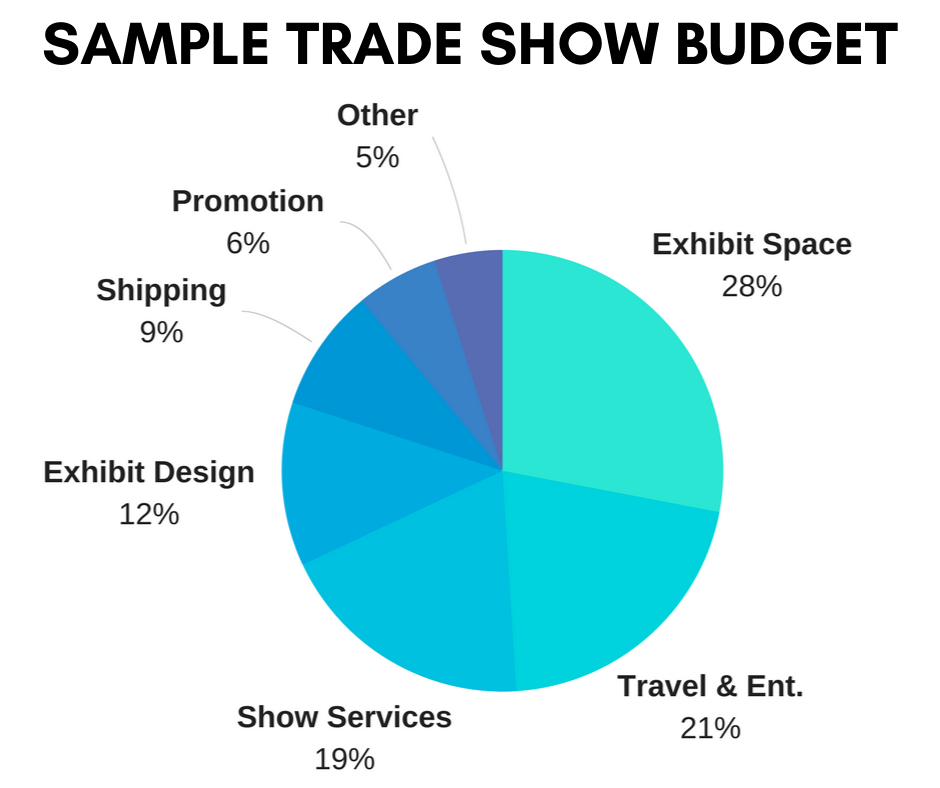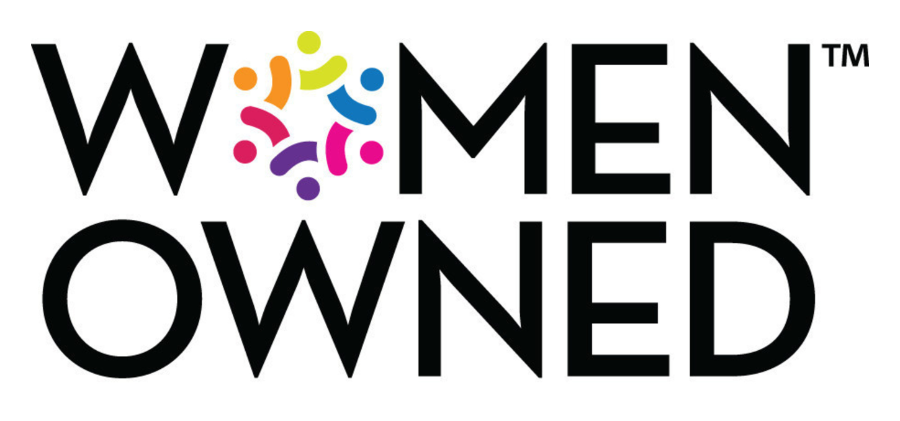1/21/2022
Trade shows can be a great way to show off your products and services or attract new business. But deciding which trade show is suitable for you isn’t always straightforward. There are many different types of trades shows, and it pays to know what they all offer before choosing one that suits your needs. You want to make sure that the trade show you attend will be worth your time and money. Here are seven tips to help you choose the right trade show:
- Research potential trade shows.
Before you decide to exhibit at a trade show, research and ensure that it is the right fit for your company. The trade show’s website should have all the information you need, including exhibitor lists, attendee demographics, and floor plans. In addition, most show organizers will offer an exhibitor prospectus, essentially a sell sheet with critical reasons for exhibiting at the event. Consider the audience you aim to reach and be sure that the decision-makers will be at the event. Finally, give the show management team a call to request a pass to walk the floor. Attending a show before investing will provide you with a better feel for whether the show is a good fit for your brand.
- Consider your goals for the trade show.
What are you hoping to accomplish at the trade show? Are you looking to increase your company’s name awareness? Are you interested in building business-to-business relationships and generating new sales leads? Do you want to meet with current customers and network with industry pros? Are you looking for a platform for your product launch? Knowing what you hope to get from attending a trade show will help you determine where to exhibit.
The clearer you are with your objectives, the easier it will be for you to determine whether an event is going to help you achieve them. Pursue events with opportunities to meet your objectives. If you are having a hard time discerning what those opportunities might be, lean on show management for support. Usually, show management teams are excited to work with exhibitors to create something new. Present them with your challenges and see what solutions they bring to the table.
- Examine the list of exhibitors.
Source the exhibitor list to determine which companies will be exhibiting at that trade show. This provides insight into who else will be there and give you an idea of who your competition is. Depending on your goals, seeing what other companies are exhibiting will help you determine whether this show is a good fit for your business. Look at the floor plan to see how big of a presence your competition has at the event. For example, are your competitors paying for additional sponsorships? Gauging how big an investment your competitors are making will give you an idea how much business they generate at the event, and how much of an investment you will need to compete with them.
- Talk to other exhibitors.
Based on your research, networking with other industry professionals who have exhibited at the trade show in the past can help you make an informed decision about whether it’s worth exhibiting. They can give you insight about the attendee and how much traffic they receive. They can also help you determine how well the show organizer promotes the event and provides an experience to attendees, and their overall impression of the show.
- Explore opportunities and incentives.
Look for opportunities to expand your presence beyond your booth space. Can you hold a media event? A few minutes in front of the press may be critical to your product launch. Are there sponsorship opportunities available to create additional brand touchpoints? Are there opportunities for speaking engagements? Does the show provide additional exposure for new products or new exhibitors? Are there any incentives or price breaks offered to first-time exhibitors? These enhancements may substantiate your investment by increasing its value.
- Consider the location.
The location of a trade show has a significant impact on the cost of exhibiting. Trade shows that transpire in larger cities may attract a bigger crowd but are generally more expensive. Each show decorator will publish different rates by city for labor, drayage, electrical, and other show services. Costs of meals and lodging are also higher in larger cities. If the show is overseas, you’ll need to be mindful of airfare and additional COVID restrictions. Also keep in mind that the cost to transport your exhibit may increase exponentially the further the event is from your warehouse. And finally, weigh the market that the show is in against your target market. According to our leads data, even for a large national event, 60% of trade show attendees tend to come from the show’s region. For example, most of the attendees will live or work in the southeastern part of the United States if the show takes place in Orlando. If your company is specifically looking to target a different area of the country and there are other regionally specific relevant trade shows, Orlando may not be your best option.
- Examine your budget.
It’s no secret that trade shows are considerable investments. Once you have narrowed your list of prospective shows, it’s time for a reality check. Determine how much it will cost to attend each event at the level needed to achieve your company’s goals. In some cases, this may mean a smaller booth with sponsorships and speaking engagements. Others may indicate an anchor booth with a media event. Be realistic with your needs and your budget so that you make the wisest investment and get the biggest bang for your buck.
Conclusion
Attending the right trade show can be a boon to your business, but it’s important to do your research and plan ahead. The right trade show meets your company’s specific goals and requirements, offering opportunities to engage with your target audience. These seven tips will help you choose the right show for your needs and make the most of your time there. If you’re ready to start planning your next trade show appearance, contact us today! We’d love to help you get started.
We put the show in trade show, and we’ve been doing it for 30 years. Got a lot of questions on how to get started planning? We’ll help you get it done. Let’s talk!






